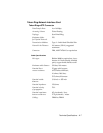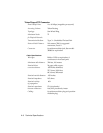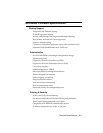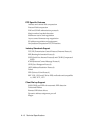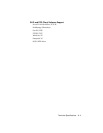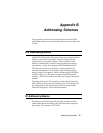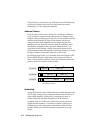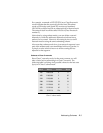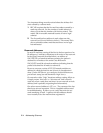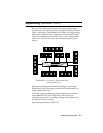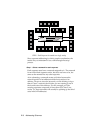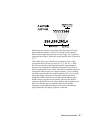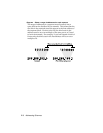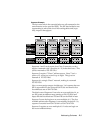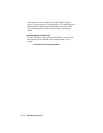
Addressing Schemes B-3
For example, a netmask of 255.255.255.0 on a Class B network
would indicate that the network is divided into 254 subnet-
works of 254 nodes each (0 and 255 are reserved numbers).
128.5.63.28 would be host 28 on subnetwork 63 of that network.
The network itself would be called 128.5.0.0 (Class B network
number 5).
Notice that by using subnet masks, you can define a natural
hierarchy in which the addresses themselves indicate how a
packet is to be routed. However, all routing devices on an IP
network must be using the same subnetting scheme.
Also note that a subnet mask for a given network segment is not
part of the address and is not transmitted with every packet. It
is simply a value which is known to all the routing devices
adjacent to that segment.
Subnets of Class C networks
Since Class C networks are by far the most common, we will
take a closer look at subnetting in a Class C network. The
following table is a listing of all possible values for the last octet
(byte) in a Class C subnet mask. H
Mask Binary Subnets Hosts
128 10000000 0 0
192 11000000 2 62
224 11100000 6 30
240 11110000 14 14
248 11111000 30 6
252 11111100 62 2
254 11111110 126 0
Class C subnet masks



